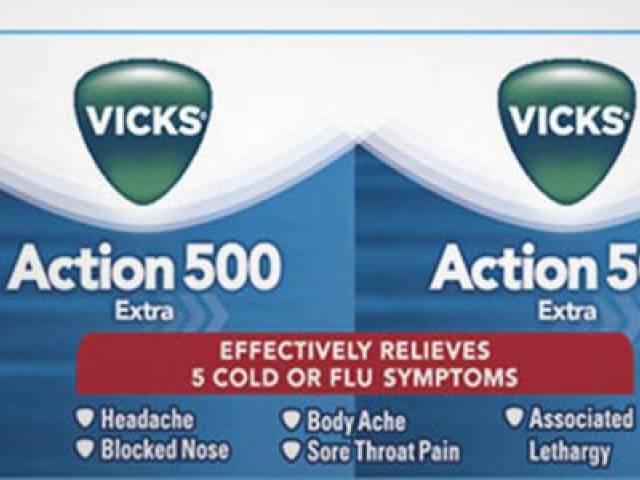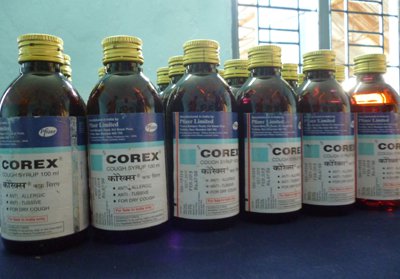Much in the news is the fact that well over 300 fixed dose drugs which have been listed as banned medicine in India, many of which are common OTC medications that have been used in Indian homes for a long time. According to an expert panel many of these drugs lack “therapeutic justification” and contain potentially dangerous, “irrational” combinations of ingredients. Another reason for the ban is rising antibiotic resistance. So which commonly used drugs are now banned?
Vicks Action 500 Extra

Image
Known for its memorable ad where the medication promised quick and wide ranging relief from several symptoms of cold at once, Vicks Action 500 Extra is off the shelves. It contains a combination of paracetamol, phenylephrine and caffeine which poses potential health risks.
Corex

Image
Probably one of the most popular cough syrups in the country, cough suppressant and antihistamine Corex is also on the list of banned combination drugs. The main ingredients are chlorpheniramine maleate and codeine phosphate. Though meant to be a prescription drug, it is most frequently sold over the counter without prescription. It is known to have side effects like dehydration, spasms & tremors, muscular pain and even short term memory loss.
Phensedyl

Image
This is a commonly used cough syrup though it has strong sedative and even some antipsychotic effects. It is prescribed for postnarcotic nausea and even some psychiatric conditions. Apart from drowsiness it can have side effects such as confusion, chest discomfort, restlessness and sensations of tingling, prickling.
Nimesulide Combinations

Image
Nimesulide (Nise) is a common non steroidal anti inflammatory drug prescribed for pain and fever. Even by itself, nimesulide is known to have health risks and is banned in several countries. Now combinations of the drug with diclofenac, cetrizine+ caffeine, paracetamol and various other combinations have been banned in India.
Antibiotic Combinations

Image
Various combinations of antibiotics such as azithromycin, levoflaxacin, amoxycilln, cefixime and several others are also in the list of banned drugs. You can check out the full list of the drug combinations recently banned by the central notification dated 10th March 2016.
It is important to understand that combination drugs are meant to improve compliance – patients are more likely to take one medication than to have several medications. While some of the above drugs may not be harmful in themselves, the cocktail of various ingredients could be what is harmful. Not only that, lax norms mean that various prescription drugs including potent antibiotics are sold freely over the counter. This promotes self medication and consequently causes drug resistance, particularly antibiotic resistance. Many experts believe that the notification banning these drugs should have come a lot sooner.
Author – Reena Daruwalla





